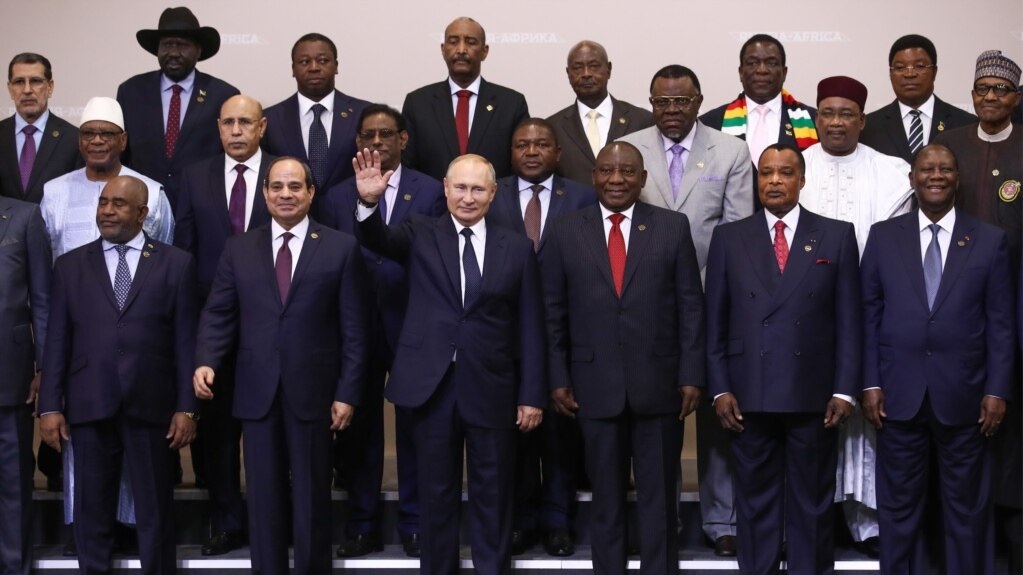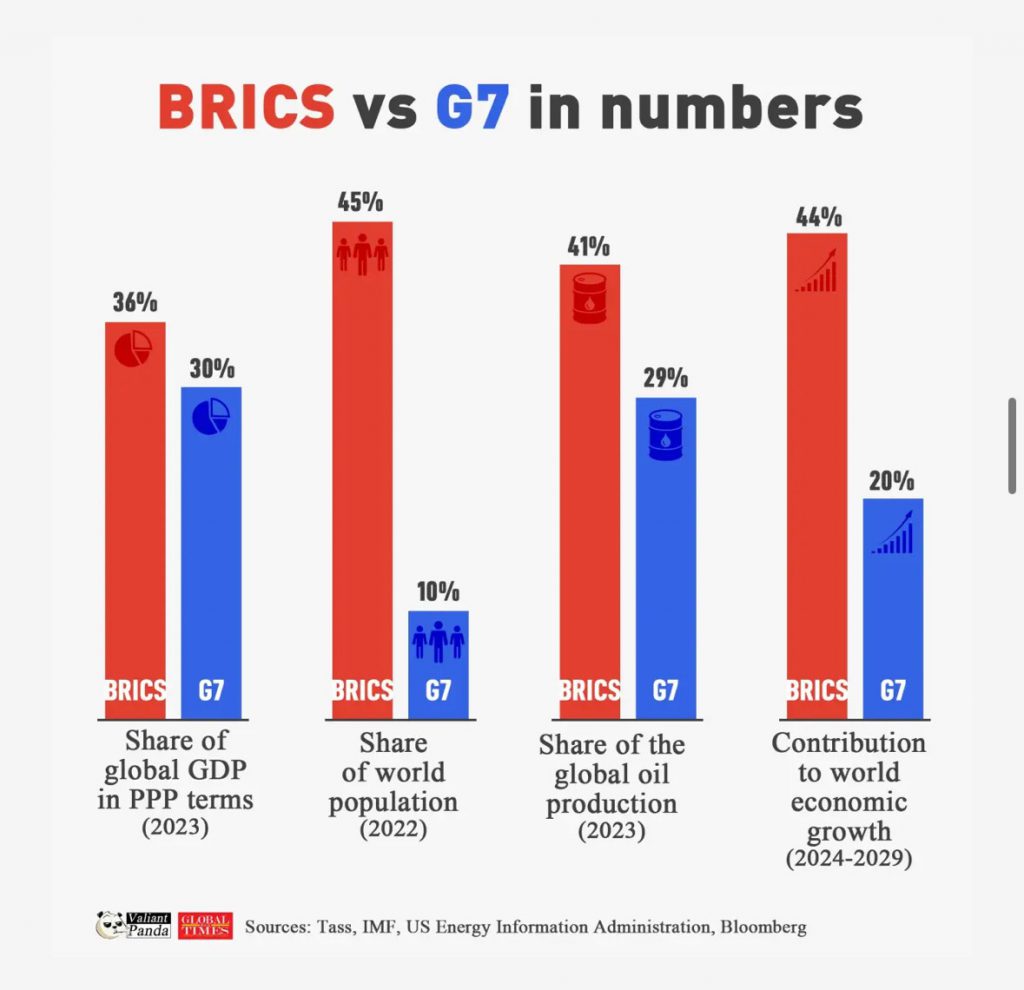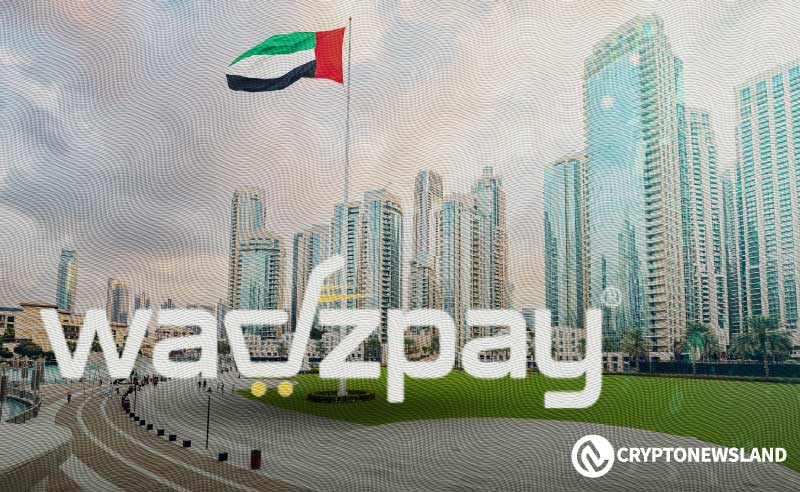Amid the continued growth of the BRICS alliance, the International Monetary Fund (IMF) has recently highlighted that the bloc is leading the G7 group in four distinct and crucial areas. Indeed, they note that the gap between the Western bloc and the Global South collective is lessening.
The BRICS group took a massive step toward growth in 2023. Specifically, the bloc welcomed four additional members in its first expansion effort since 2001. The alliance saw the United Arab Emirates (UAE), Egypt, Ethiopia, and Iran join its ranks. That number could get even larger as the 2024 annual summit approaches.


Also Read: BRICS Pay 2024 Debut Promises Increased Trade, US Dollar Shift
IMF Says BRICS Leads G7 in Four Critical Areas: But What Are They?
The last several years have been vital for the BRICS bloc. It has firmly embraced de-dollarization on a global scale. Moreover, they have pushed those efforts to new heights. Creating a geopolitical reality in which nations seek global reserves outside the US dollar.
Moreover, its GDP growth has been a massive development. Since 2010, the bloc has seen its GPD (PPP) increase, whereas the G7 has seen the figure falter. Data shows that last year the BRICS bloc officially surpassed the collective in 2023, when its GDP (PPP) reached 32%, as opposed to the G7’s 29%.
That isn’t the only area where the two sides have seen increased challenges. According to IM data, BRICS is leading the G7 in four critical areas. That includes the share of GDP in PPP terms, the share of the world population, global oil production, and their respective contributions to global economic growth.


Also Read: BRICS: Expert Says Currency Backed by Gold May Be Key to Ditching the US Dollar
The BRICS group has seen its share of the world’s population reach 45% following its most recent expansion. Alternatively, the G7 only boasts 30% of that population. This clearly identifies the collective of people for which the Western economic systems do not benefit.
Moreover, oil production is dominated by BRICS. The group has 41% of all production, whereas the G7 only boasts 29%. This is affected by the inclusion of the UAE and the cooperation of Saudi Arabia. Although Riyhad has yet to join the bloc, it recently invested $5 billion to increase its partnership with the collective.
Finally, the BRICS group leads in the contribution to global economic growth. The BRICS contribute 44% to the G7’s 20% another indication of the changing guard. With continued expansion, and growth forecasts for participating countries, this gap should only continue to widen.










